"Hurricanes: Earth's Mightiest Storms" (1996)
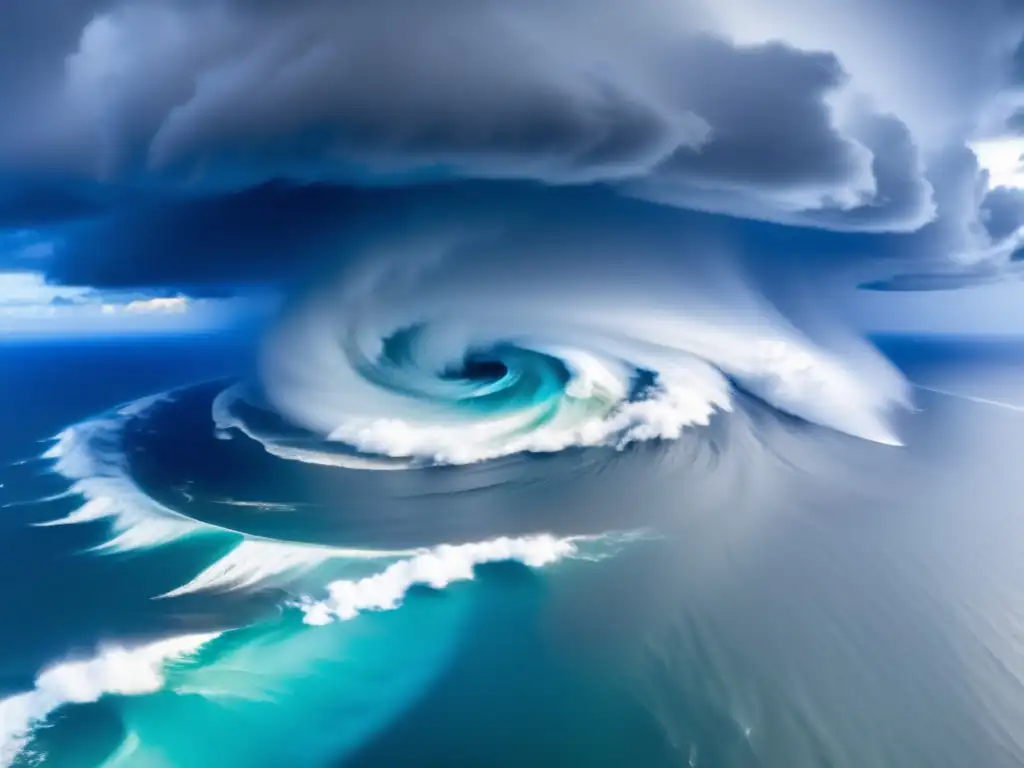
An In-Depth Review of the Hurricane Documentary: "Hurricanes: Earth's Mightiest Storms" (1996)
- Introduction
- Documentary Details
- How "Hurricanes: Earth's Mightiest Storms" (1996) Portrays Hurricanes
- Key Aspects of "Hurricanes: Earth's Mightiest Storms" (1996)
- Comparing "Hurricanes: Earth's Mightiest Storms" (1996) to Other Hurricane Movies
- Popular Opinion and Reception of "Hurricanes: Earth's Mightiest Storms" (1996)
- Frequently Asked Questions
- Conclusion
Introduction
Hurricanes are one of the most devastating natural disasters that can occur. They are powerful forces of nature that can wreak havoc on land and sea, causing destruction to infrastructure, homes, and claiming human lives. Hurricane movies have become a popular genre in Hollywood, and "Hurricanes: Earth's Mightiest Storms" (1996) is one of the most remarkable examples of such films. Produced by National Geographic, this documentary explores the science behind hurricanes while also presenting viewer-friendly content about how hurricanes manifest, evolve, and affect people in their path. In this article, we will provide an in-depth review of "Hurricanes: Earth's Mightiest Storms" (1996) and examine its portrayal of hurricanes.
Documentary Details
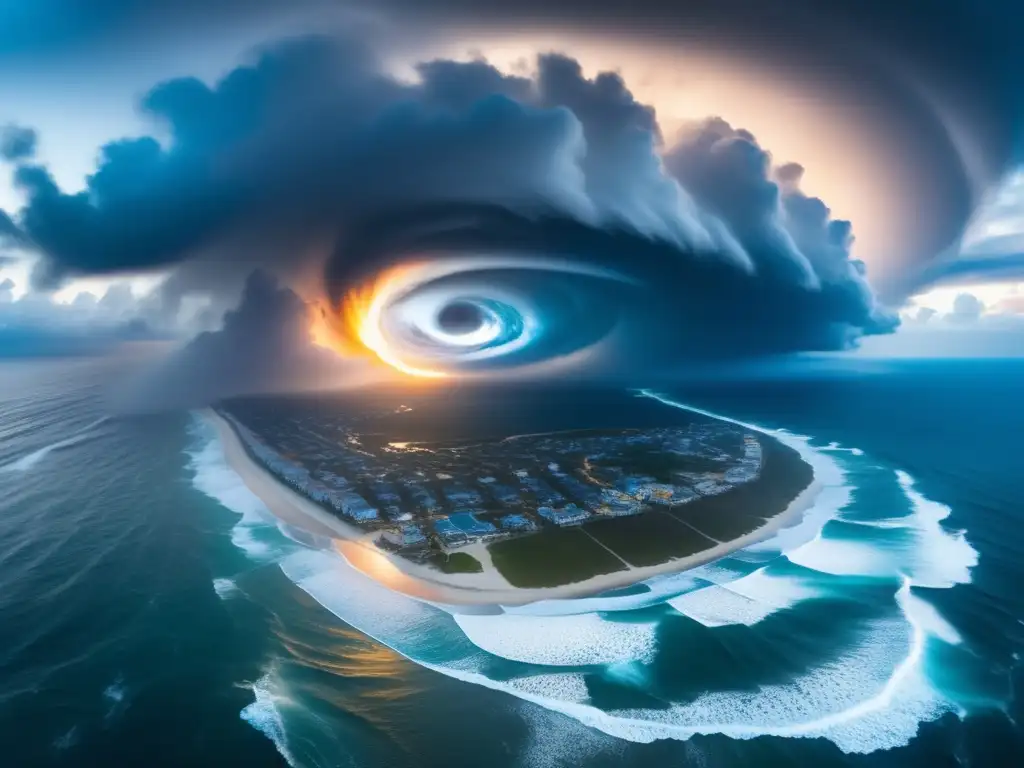
- Documentary Title: Hurricanes: Earth's Mightiest Storms
- Director: Andrew Mitchell
- Producer: Humphrey Davies, Michael Rosenfeld
- Release Year: 1996
- Additional Interesting Facts: The documentary features interviews with some of the world's leading meteorologists and scientists who have studied and tracked hurricanes. It is narrated by Bryan Norcross, who is known for his coverage of Hurricane Andrew in 1992.
How "Hurricanes: Earth's Mightiest Storms" (1996) Portrays Hurricanes

The Role of Hurricanes in the Plot
The documentary revolves around the science behind hurricanes and their impact on human lives. It presents data on hurricane formation, the different categories of hurricanes, and how they are tracked and monitored by scientists, government agencies, and weather services. The focus is more on the scientific aspects of hurricanes, but the documentary also touches on how they affect people's lives.
Potential Scenarios Where Hurricanes are Depicted
The documentary presents several scenarios where hurricanes have caused significant damage to property, infrastructure, and human life. One scene shows Hurricane Andrew's impact on Miami in 1992, while another scene features Hurricane Iniki, which devastated Hawaii in 1992. The footage includes interviews with survivors who share their experiences during the storm.
Key Aspects of "Hurricanes: Earth's Mightiest Storms" (1996)
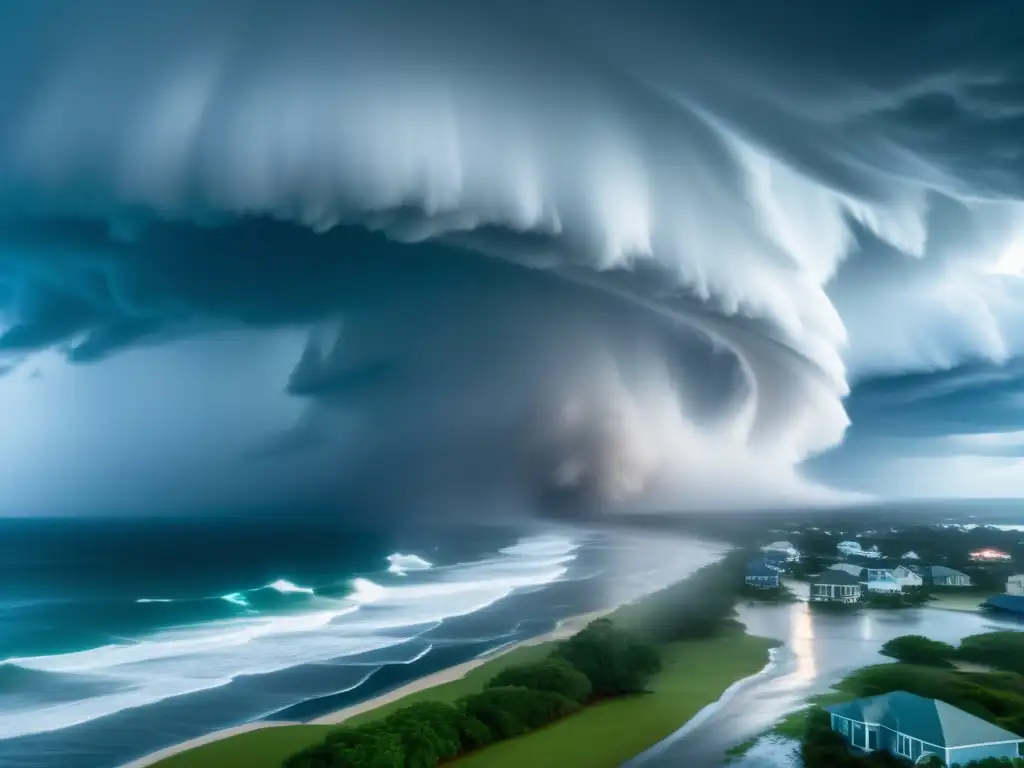
Storyline and Characters
The documentary does not have a central plot or characters. Instead, it focuses on presenting scientific information and real-life examples of hurricane impact. The theme of the film is to educate viewers about the science behind hurricanes and how they operate, rather than tell a story through characters.
Cinematic Techniques and Special Effects
The documentary incorporates both live-action footage and computer-generated imagery (CGI) to present visuals that help the viewer understand the science behind hurricane formation and how they work. The special effects are effective in showing how hurricanes manifest and how their destructive power can impact infrastructure and human life. The film uses aerial shots and satellite images to give viewers an idea of the scale of hurricanes and how big they can be.
Realism and Accuracy
The documentary is realistic and accurate in its portrayal of hurricanes. It has been lauded by experts in the field for its scientific accuracy and educational value. The filmmakers consulted with leading meteorologists and scientists to ensure that the information presented in the documentary was as accurate and up-to-date as possible. The documentary provides a clear explanation of how hurricanes form, how they are tracked and monitored, and their potential impact on human life, property, and infrastructure.
Comparing "Hurricanes: Earth's Mightiest Storms" (1996) to Other Hurricane Movies

"The Perfect Storm" (2000)
"The Perfect Storm" is a dramatic retelling of the true story of the Andrea Gail, a commercial fishing vessel that was caught in the storm of the century in 1991. While it features breathtaking visuals of the storm, the portrayal of the hurricane is not as scientifically accurate as "Hurricanes: Earth's Mightiest Storms." The film focuses more on the human drama of the fishermen's struggle against the storm, rather than presenting an educational perspective on hurricanes.
"Twister" (1996)
"Twister" is a movie about a group of scientists who are trying to perfect a system for predicting tornadoes. While the film does not focus on hurricanes, it does present similar themes of natural disasters and their impact on human lives. Unlike "Hurricanes: Earth's Mightiest Storms," "Twister" takes a more action-oriented approach to the topic of natural disasters and features special effects that are meant to be more thrilling than informative.
Popular Opinion and Reception of "Hurricanes: Earth's Mightiest Storms" (1996)
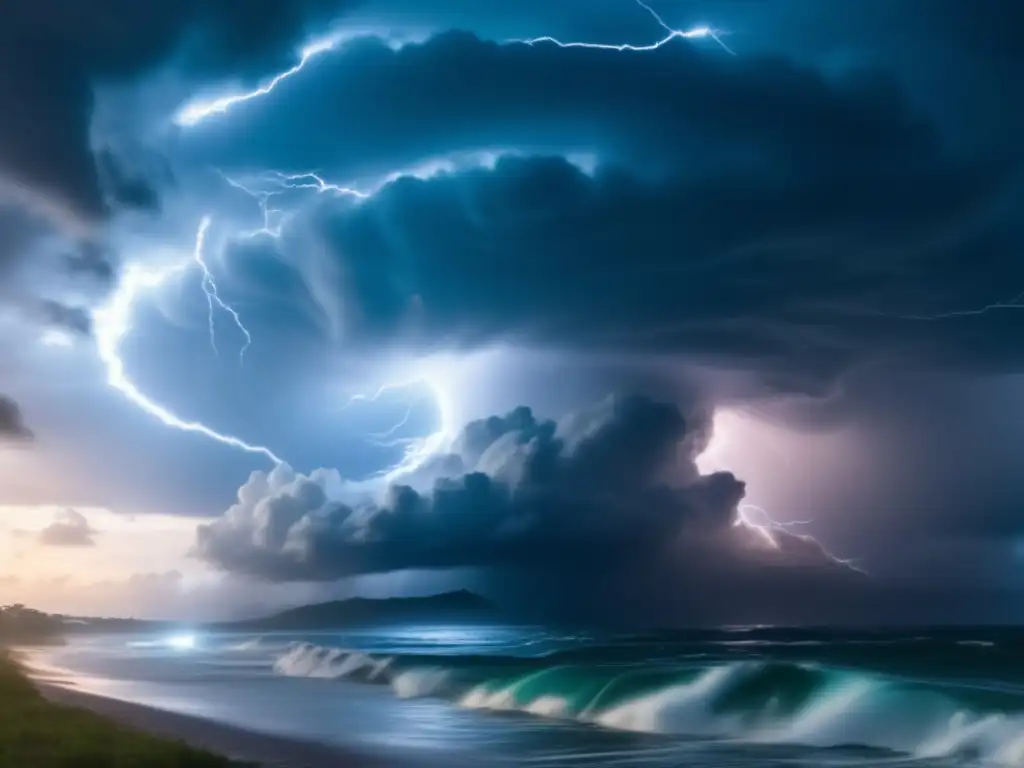
"Hurricanes: Earth's Mightiest Storms" was well-received by both critics and audiences when it was released. The documentary was praised for its scientific accuracy and educational value, with some reviewers noting that it was one of the best presentations of hurricane science they had seen. It also won a Primetime Emmy Award for Outstanding Individual Achievement in a Craft - Graphic Design and Art Direction.
Frequently Asked Questions
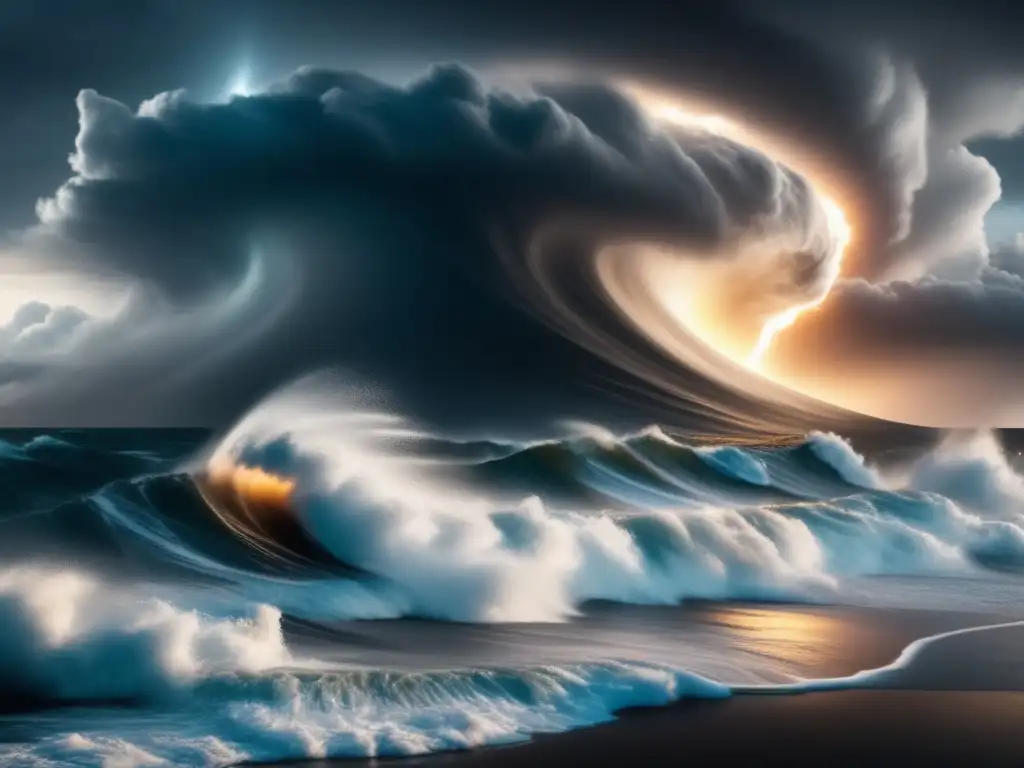
-
What is the main focus of "Hurricanes: Earth's Mightiest Storms"?
The documentary focuses on presenting scientific information about hurricanes, including how they form, how they are tracked and monitored, and their potential impact on human life, property, and infrastructure.
-
Does "Hurricanes: Earth's Mightiest Storms" feature any reenactments or fictional elements?
No, the documentary does not feature any reenactments or fictional elements. It presents scientific information and real-life experiences of hurricanes and their impact on people's lives.
-
Is "Hurricanes: Earth's Mightiest Storms" appropriate for children?
The documentary is appropriate for children, as it presents scientific information in a viewer-friendly way. However, parents may want to watch the film with their children and answer any questions they may have about the topic of hurricanes.
-
Can "Hurricanes: Earth's Mightiest Storms" be used as an educational tool?
Yes, the documentary is an excellent educational tool for anyone who wants to learn about hurricanes. It presents information in an engaging and informative way, making it suitable for both students and adults.
-
Where can I watch "Hurricanes: Earth's Mightiest Storms"?
The documentary is available for streaming on National Geographic's website and on various other streaming platforms.
Conclusion
"Hurricanes: Earth's Mightiest Storms" (1996) is an informative and engaging documentary that presents the science behind hurricanes and their impact on human lives. The film's accurate and realistic portrayal of hurricanes distinguishes it from other popular hurricane movies. It is an excellent educational tool for anyone looking to learn more about hurricanes. As we continue to face more intense hurricanes and natural disasters, it is important to understand their potential impact and take appropriate measures to stay safe. We encourage our readers to share their thoughts in the comments section and engage with hurricaneinsider.org by subscribing, sharing the article on social media, or contacting us for further discussions or inquiries.
 "Savage Skies: The Hurricane" (1996)
"Savage Skies: The Hurricane" (1996)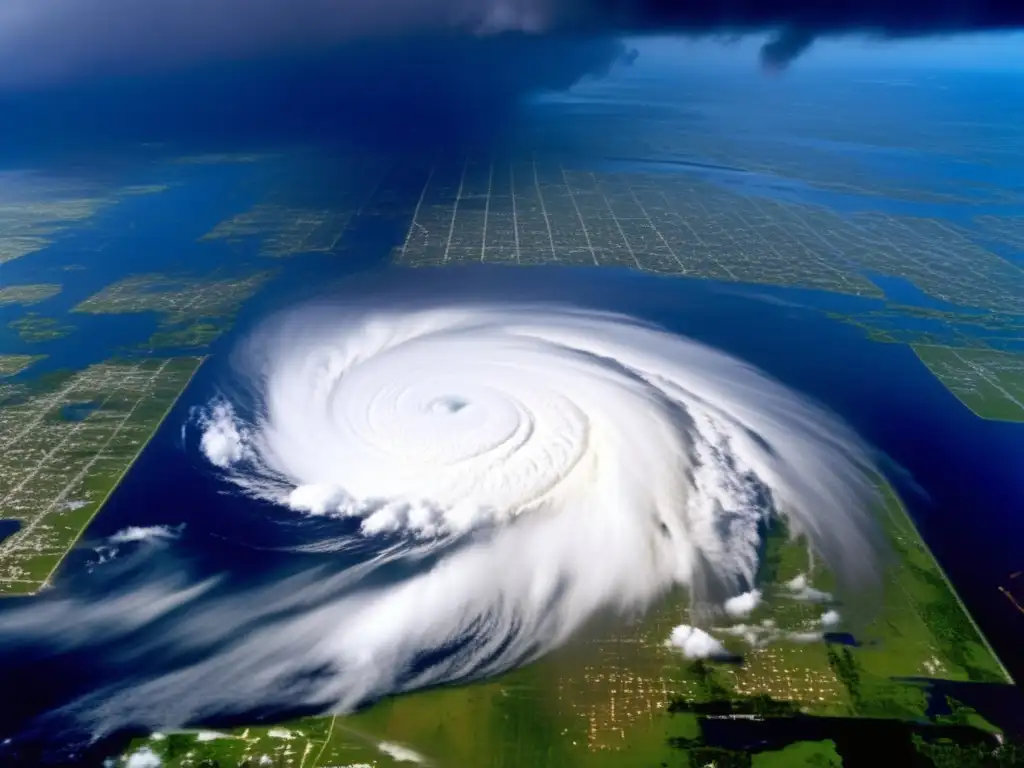 "Nature's Fury: Hurricane" (1993)
"Nature's Fury: Hurricane" (1993) "MonsterQuest: Mega Jaws Of Florida" (2008)
"MonsterQuest: Mega Jaws Of Florida" (2008)If you want to discover more articles similar to "Hurricanes: Earth's Mightiest Storms" (1996), you can visit the Documentaries about Hurricanes category.
Leave a Reply

Articulos relacionados: